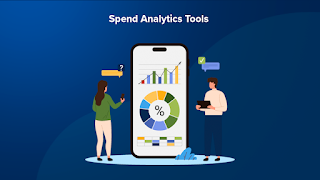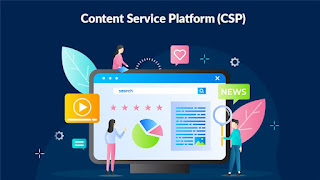Choosing AI Observability Platform with Confidence: SPARK Plus™ Gives You the Edge

Artificial intelligence (AI) is no longer just a buzzword; it's a technology that has found its way into the fabric of our everyday lives. AI can be found everywhere, from robotic vacuums that clean your living room to AI models that drive critical corporate decisions. However, as these models grow more integrated into our lives, it becomes increasingly vital to ensure their dependability, efficiency, and fairness. AI Observability Platforms can help. These tools provide you with the knowledge you need to keep your AI functioning smoothly and reliably while also ensuring that it is fair and devoid of prejudice. With so many options, finding the right AI observability solution might be complex. Companies are no longer just seeking tools; they want solutions tailored to their specific goals, regions, and industries. This is where SPARK Plus, QKS Group's platform for authentic analyst insights and unedited comparisons, comes in handy. Spark Plus explains what to look for,...
.png)







.png)
%20Software.png)
.png)
%20Software.png)